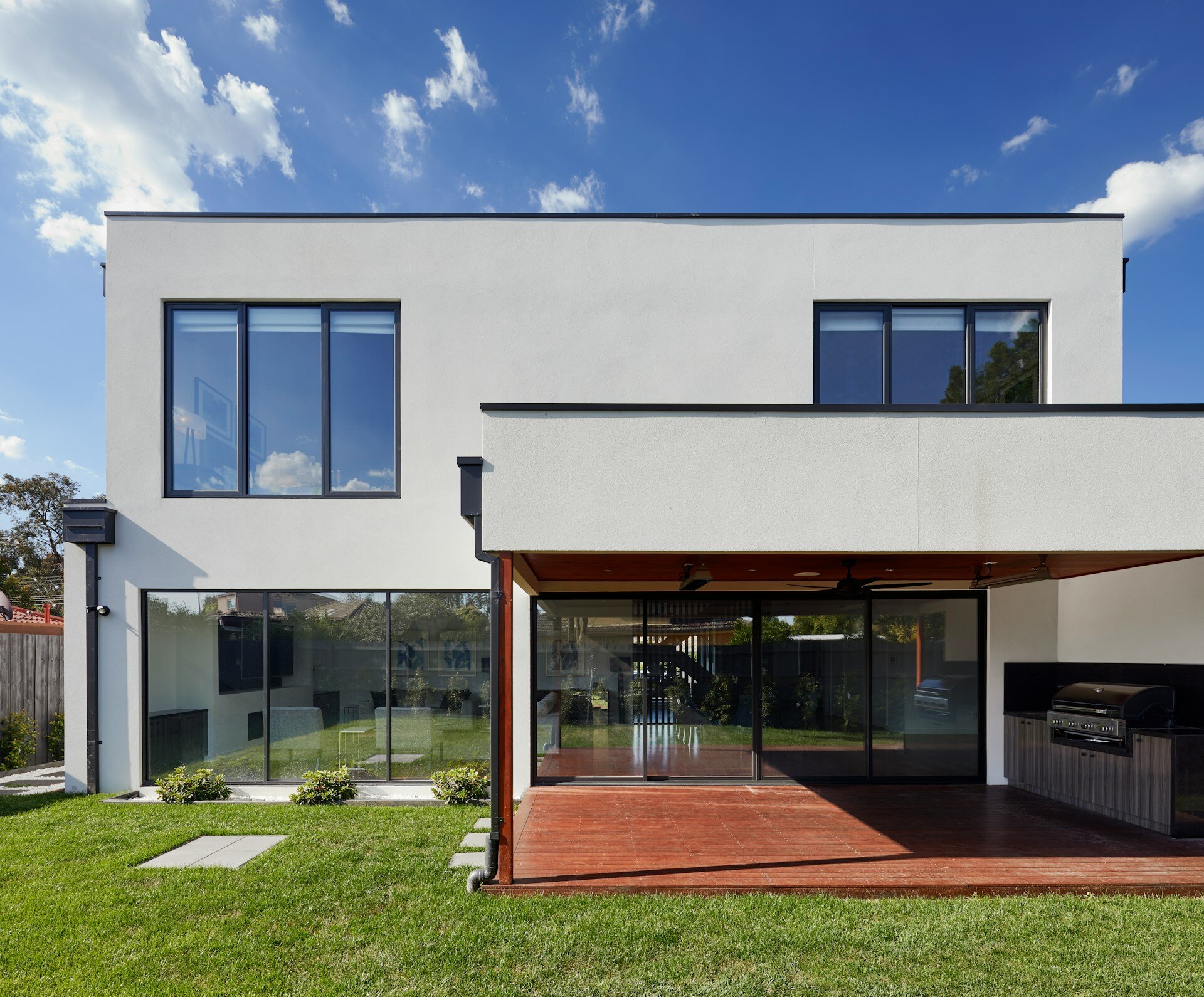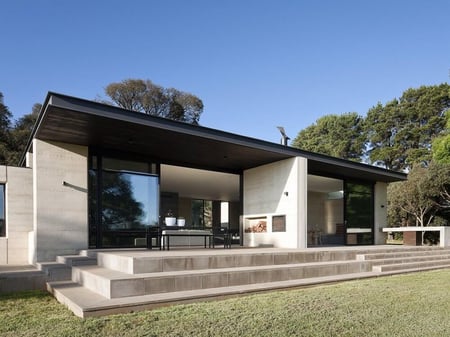
Envisioning your dream home is a thrilling part of home ownership! From selecting your style to choosing paint colors and materials, the process is exciting. However, one often overlooked yet crucial decision is picking the right type of roof.
Contrary to popular belief, not every roof type suits every home. Each one has specific needs to function correctly, and flat roofs are no exception. Typically used for commercial buildings, some homeowners are now opting for flat roofs for their residential properties. But before making this choice, there are several key considerations to keep in mind. Flat roofs require more labor and materials compared to steeper slopes, among other factors.
At RoofCrafters, we've been installing flat roofs in the Southeast for nearly three decades, and we know that Although flat roofs are unique in residential settings, they can be stunning when properly installed. That being said, allow us to guide you through everything you need to know about flat roofs, from what they are to their benefits and drawbacks. Let’s get started!
Flat Roofs: What You Should Know

Interestingly, flat roofs aren't completely flat. They have a slight slope, making them appear level to the eye. While flat roofs are common in commercial architecture, they can also be a stylish and functional option for residential properties.
Flat roofs fall under the "low slope" category, meaning they have a minimal incline. This unique feature presents both challenges and advantages, making flat roofs less ideal for homeowners seeking easy maintenance. Detecting issues can be trickier compared to steeper roofs, but the sleek, modern aesthetic might make it worth the effort. If you’re considering a flat roof, here’s what you need to know.
Types of Flat Roofing Materials:
- Modified Bitumen (Modbit)
- Single-ply (TPO, PVC, EPDM)
- Built-up Roof (BUR)
1. Modified Bitumen Roof (Modbit)
Often called the "second generation" flat roofing, Modbit is a popular alternative to hot tar roofing, which poses safety risks. Typically installed using cold tar, a torch, or self-adhesion, Modbit requires multiple layers, making repairs and replacements more complex.
2. Single-Ply Roof
Single-ply roofing is a flexible and durable option for both residential and commercial buildings. Available in different thicknesses, this roofing type is excellent for protecting flat roofs and offers a variety of choices to suit different needs.
3. Built-up Roof (BUR)
BUR roofing, which dates back to the mid-1800s, consists of multiple asphalt layers between ply sheets. Known for their durability, BUR roofs offer a long-lasting solution for flat roof installations.
The Pros of Flat Roofing

Flat roofs offer several notable benefits, making them a valuable option for homeowners looking for affordability and functionality.
1. Affordable
Flat roofing is generally more affordable due to the simpler installation process compared to roofs with complex slopes. This makes it an attractive option for budget-conscious homeowners.
2. Extra Space
Thinking about adding a rooftop garden or a deck? Flat roofs provide additional usable space, offering creative opportunities for homeowners with the resources to invest.
3. Quicker Installation
Flat roofs can be installed more quickly than their sloped counterparts, reducing labor costs and minimizing disruption during the construction process.
The Cons of Flat Roofing

While flat roofs have their perks, they also come with some drawbacks in terms of aesthetics and functionality.
1. Limited Aesthetic Appeal
Flat roofs are often perceived as plain and less visually appealing. However, modern design solutions can enhance their look, making them a viable option for those willing to invest in aesthetic improvements.
2. Drainage Issues
Due to their low slope, flat roofs can struggle with drainage, leading to water pooling and potential problems like mold and rot. Regular maintenance and professional inspections are crucial to keep your flat roof in top condition.
Are You Ready for a Flat Roof?

Choosing the right roof is a significant decision that can affect your home’s aesthetics, functionality, and value. As you consider your options, remember that a flat roof offers unique benefits that might align perfectly with your vision for your home. Whether you’re drawn to the modern appeal, the extra usable space, or the cost savings, a flat roof could be the ideal choice for you.
However, it’s essential to weigh the pros and cons carefully and to work with experienced professionals who can guide you through the process. At RoofCrafters, we’re committed to helping you make the best decision for your home. Our team has decades of experience installing flat roofs across the Southeast, and we’re here to ensure your project is a success from start to finish.
So, what do you say? Are you ready to take the next step? Whether you’re just beginning to explore your options or you’re ready to move forward with your new roof, we’re here to help. Be sure to hit the “Schedule an Inspection” button down below, and one of our experts will walk you through your options!
My name is Kevin Mills, and I am the lead estimator for RoofCrafters’ Tampa division. I’m originally from Michigan, and I enjoy hunting, fishing, and spending any free time outdoors. What I’m most passionate about, though, is helping business owners and homeowners alike achieve their roofing goals, all while providing a seamless customer journey.


